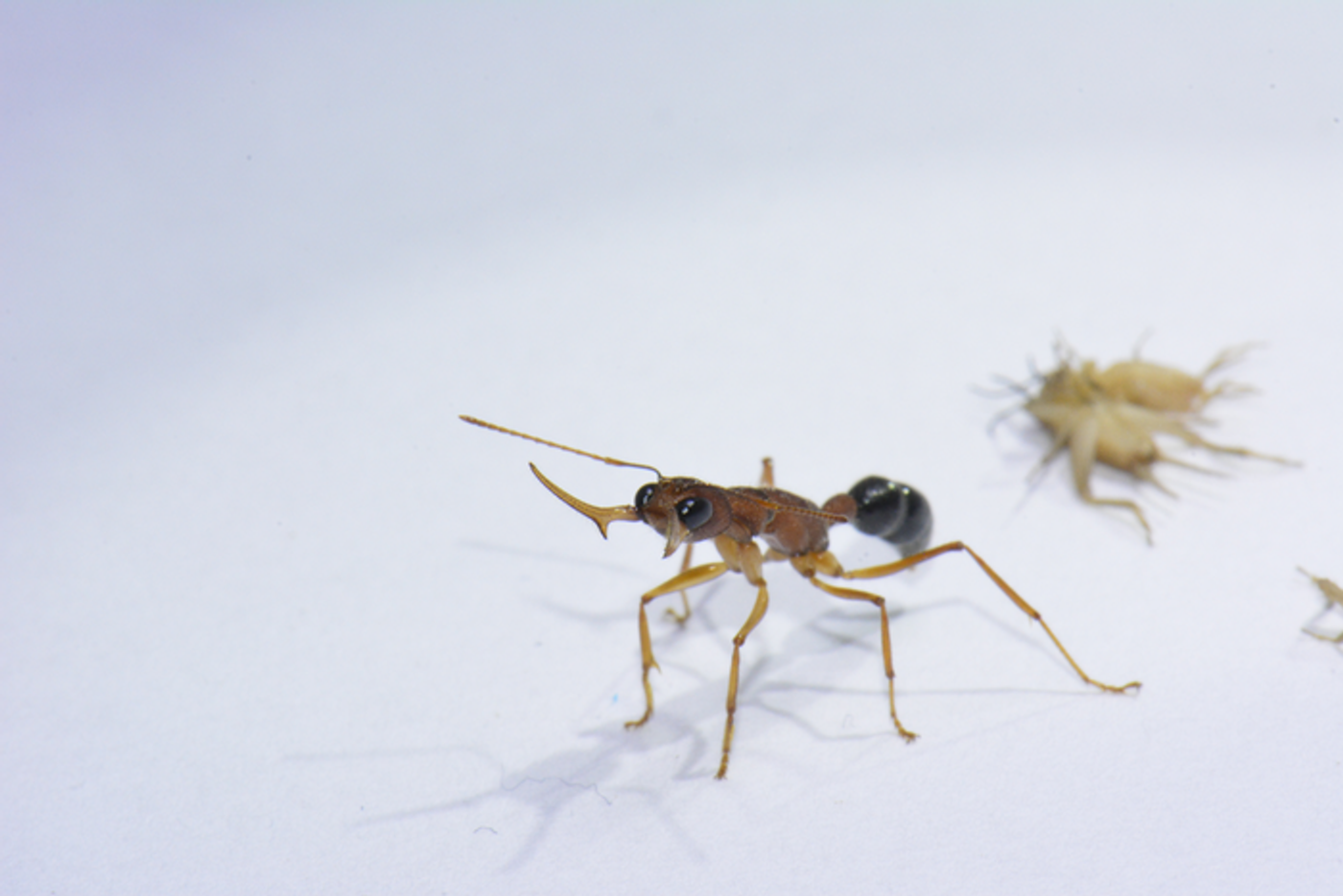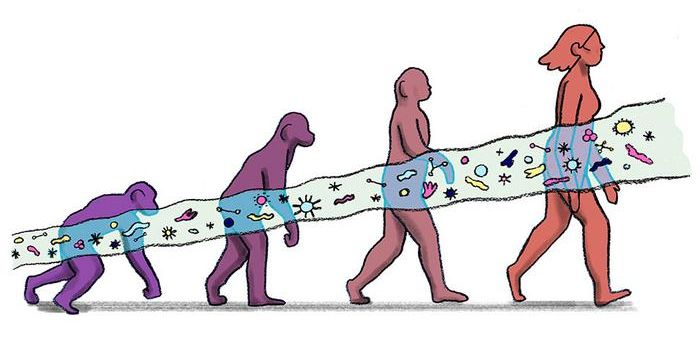It Seems a Single Molecule Can Govern Ant Behavior
Some people change careers, and it seems that the Harpegnathos saltator ant can do the same; worker ants can switch to queen-like figures that are known as gamergates. Worker ants are not able to reproduce; usually only queens do that in an ant colony. But gamergates can mate with males to reproduce sexually, if there isn't a queen in the colony. In some species, there is no queen, only gamergate. Some other behaviors may differentiate gamergates from workers, which typically only help gather supplies for the colony and can protect it from invaders. The queen mostly functions to lay eggs. Researchers have now identified a protein that is solely responsible for the change from worker to gamergate in Harpegnathos saltator ants. The protein is called Kr-h1 (Krüppel homolog 1) and hormones that are influenced by social situations are involved in this major shift. These findings have been reported in Cell.
“Animal brains are plastic; that is, they can change their structure and function in response to the environment,” said Roberto Bonasio of the University of Pennsylvania Perelman School of Medicine. Bonasio added that this process happens in human brains too and is critical for survival. Though the cellular processes that underlie this behavior are not well understood, "we determined that, in ants, Kr-h1 curbs brains’ plasticity by preventing inappropriate gene activation.”
In this study, the researchers managed to isolate ant neurons and maintain them in the lab. They were able to observe how these neurons responded to various changes, like hormone levels. This work revealed that the molecules juvenile hormone and ecdysone, which can both be found at different levels in the gamergate ants, create different gene expression patterns in the brains of either workers or gamergates. Both hormones were found to exert their effects through only one protein, Kr-h1, which puts a stop to any socially inappropriate behaviors and maintains boundaries between ant 'types,' noted Berger.
The genome can encode multiple patterns of behavior, and promote one or another just by changing how a gene is regulated. “In other words, the parts of both Dr. Jekyll and Mr. Hyde are already written into the genome; everyone can play either role, depending on which gene switches are turned on or off,” explained Berger.
While we can't yet translate these findings to the human brain, it shows how seemingly complex behaviors can be wired into the genome, and carried out or altered with relatively simple mechanisms.
Sources: Cell Press, Cell










